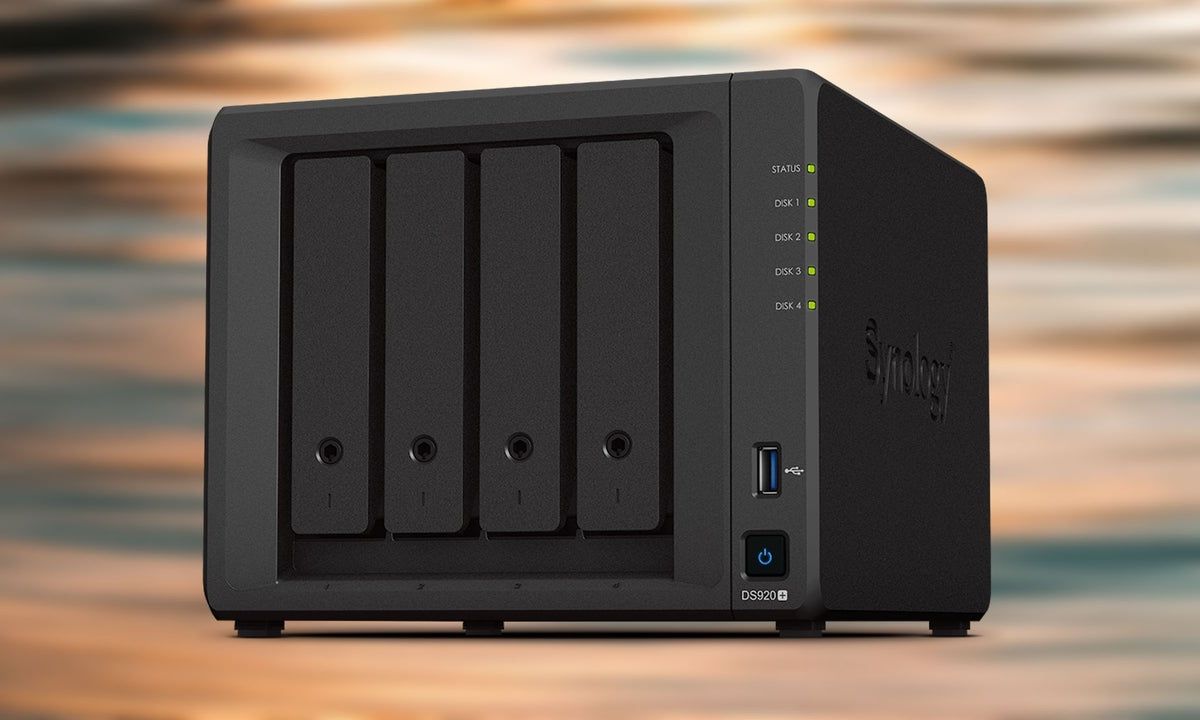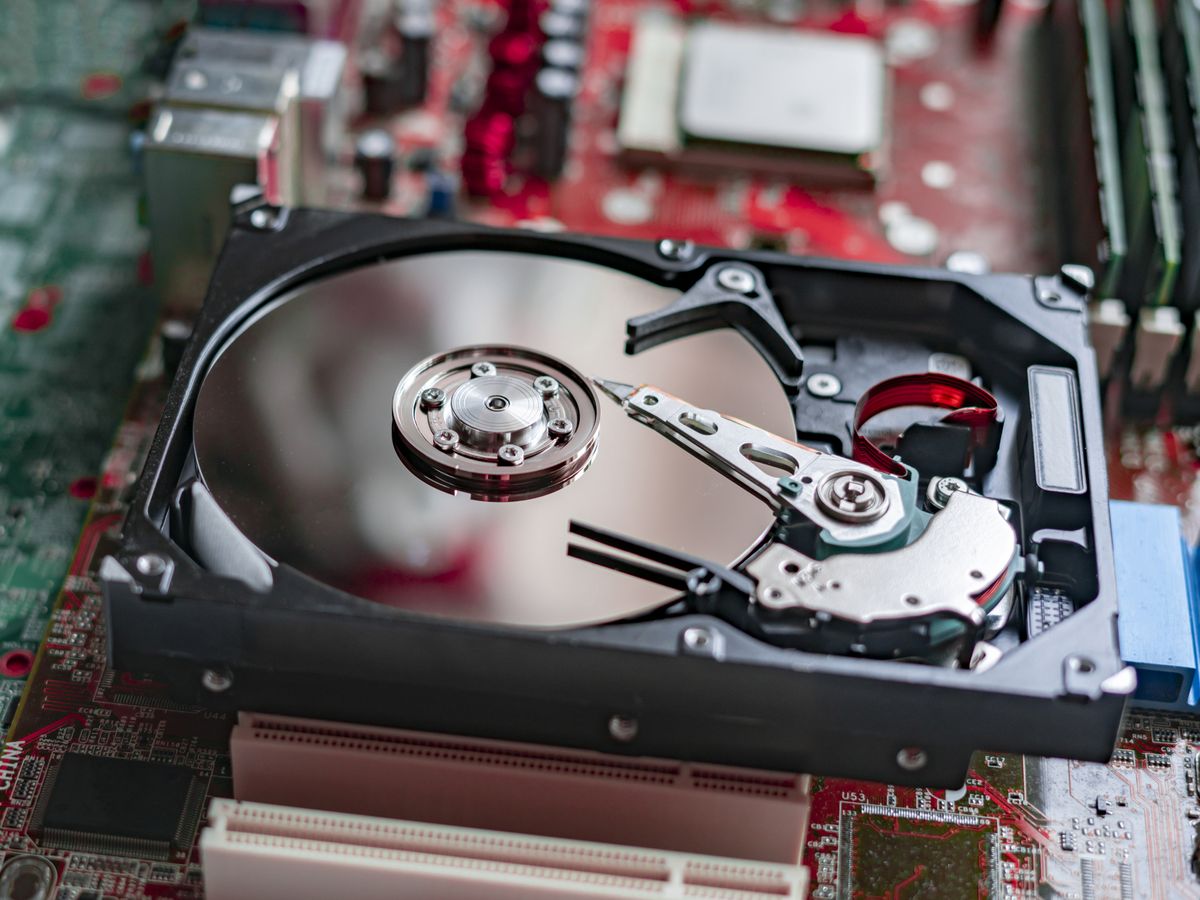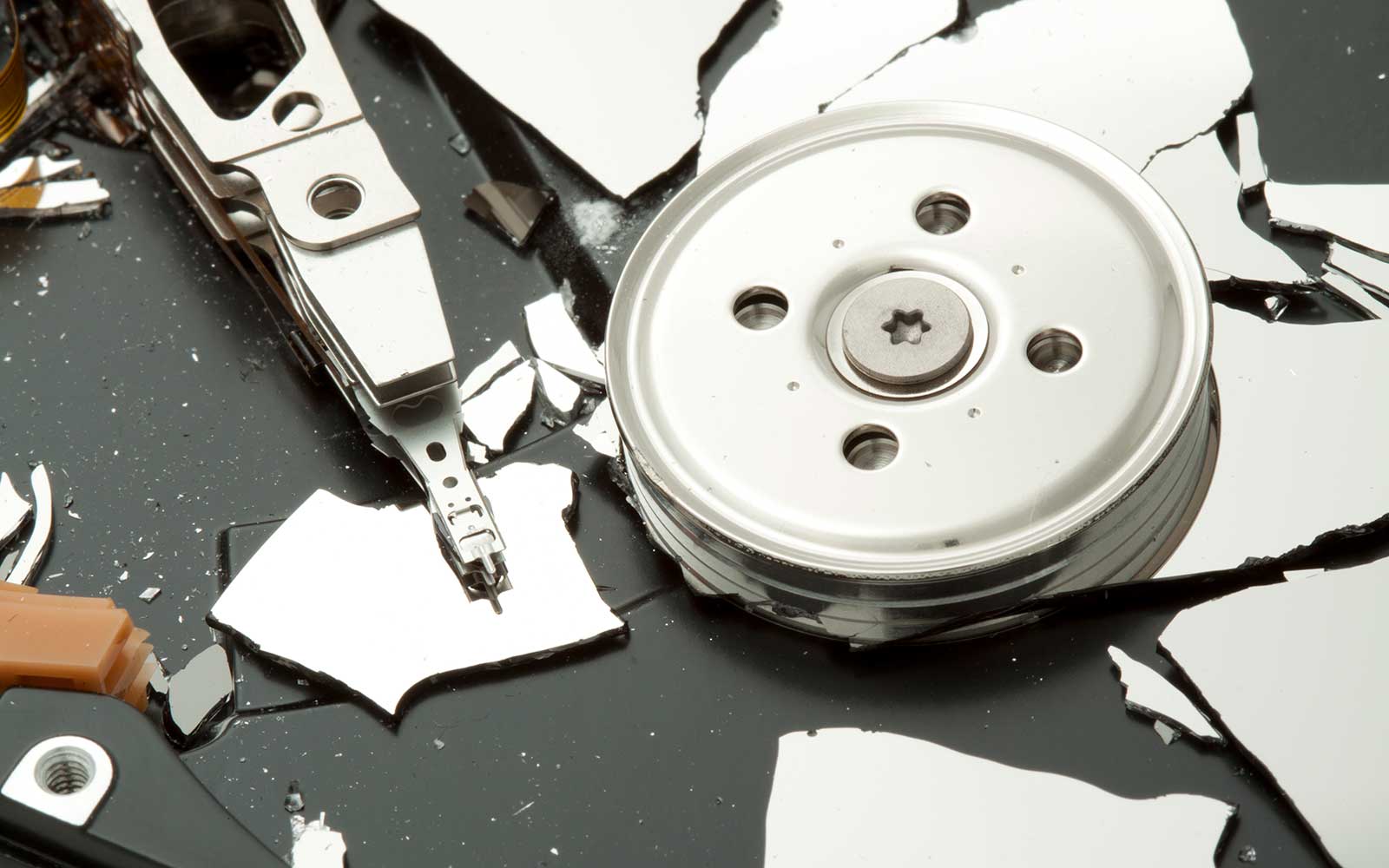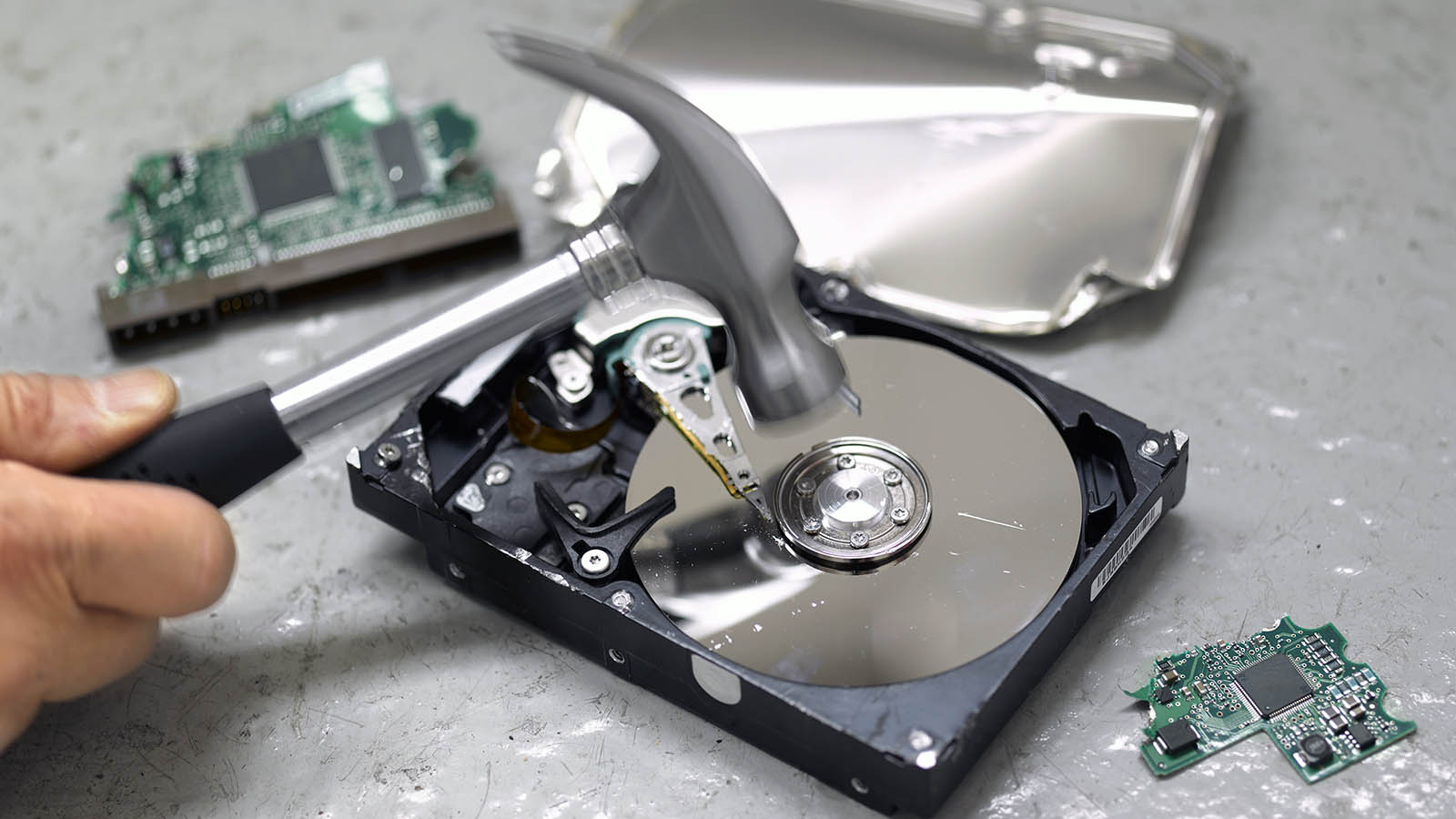Introduction
Understanding the Importance of Secure NAS Disposal
Network Attached Storage (NAS) devices have become an integral part of modern data management, offering convenient storage and accessibility for businesses and individuals alike. However, the disposal of NAS devices presents a critical security concern. Simply discarding these devices without proper precautions can lead to data breaches, identity theft, and other security risks. Therefore, it is imperative to understand the best practices for securely destroying NAS devices to safeguard sensitive information and protect privacy.
As technology continues to advance, the need for secure data disposal methods becomes increasingly vital. With the rapid evolution of data storage and accessibility, the risk of unauthorized access to discarded NAS devices has escalated. This underscores the necessity of implementing robust measures to ensure that data stored on these devices is effectively and irreversibly destroyed.
In this comprehensive guide, we will explore the methods and best practices for destroying network attached storage, emphasizing the importance of secure data disposal. By understanding the potential risks associated with improper NAS disposal and familiarizing ourselves with effective destruction techniques, we can mitigate the threat of data breaches and uphold the integrity of sensitive information. Let's delve into the intricacies of NAS disposal and equip ourselves with the knowledge needed to secure our digital footprint.
This guide will provide valuable insights into physical destruction, data wiping, and secure disposal methods, empowering individuals and organizations to make informed decisions when it comes to retiring and disposing of NAS devices. By implementing the strategies outlined in this guide, you can effectively safeguard your data, protect your privacy, and contribute to a more secure digital environment.
Understanding Network Attached Storage (NAS)
An Overview of Network Attached Storage
Network Attached Storage (NAS) serves as a centralized data storage solution that enables multiple users and client devices to access and share data from a single, consolidated platform. Unlike traditional storage systems, NAS devices are designed to provide seamless and convenient access to data over a computer network, offering enhanced flexibility and scalability for both personal and business use.
NAS devices typically consist of one or more hard drives, often configured in a RAID array to ensure data redundancy and fault tolerance. These devices are equipped with their own operating system and network connectivity, allowing them to function independently without the need for a dedicated server. This autonomy and accessibility make NAS an attractive option for individuals and organizations seeking efficient data storage and retrieval.
The versatility of NAS extends beyond basic file storage, encompassing functionalities such as data backup, media streaming, and remote access. With the ability to support various operating systems and applications, NAS devices have evolved into multifaceted solutions that cater to diverse user requirements.
From a security standpoint, NAS devices store a wide array of sensitive and confidential data, ranging from personal documents to critical business information. As a result, the disposal of NAS devices demands careful consideration and meticulous attention to data protection protocols. Failing to adequately address the disposal process can expose organizations and individuals to substantial risks, including data breaches, regulatory non-compliance, and reputational damage.
By gaining a comprehensive understanding of the role and significance of NAS in modern data management, individuals and organizations can appreciate the necessity of implementing robust security measures, particularly when retiring or decommissioning these devices. The following sections will delve into the methods and best practices for securely destroying NAS devices, empowering readers to make informed decisions and uphold the integrity of their data.
Methods to Destroy Network Attached Storage
Ensuring Secure Disposal of NAS Devices
When it comes to the disposal of Network Attached Storage (NAS) devices, employing effective destruction methods is paramount to safeguarding sensitive data and mitigating potential security risks. This section explores various approaches to securely destroying NAS devices, encompassing physical destruction, data wiping, and secure disposal practices. By understanding and implementing these methods, individuals and organizations can fortify their data security posture and uphold the confidentiality of stored information.
1. Physical Destruction: This method involves physically dismantling the NAS device to render it inoperable and irreparable. By disassembling the hardware components, including hard drives and memory modules, the data stored on the device becomes inaccessible. Physical destruction is a definitive approach to preventing unauthorized data retrieval and is particularly effective for devices that are no longer functional or have reached the end of their operational lifespan.
2. Data Wiping: Data wiping, also known as data erasure, entails the systematic removal of all data stored on the NAS device. This process utilizes specialized software to overwrite the entire storage space with random patterns of data, effectively obliterating the existing information and making it unrecoverable. Data wiping is a comprehensive method for ensuring that no residual data remains on the device, thereby minimizing the risk of unauthorized access or data recovery.
3. Secure Disposal: Secure disposal encompasses the responsible and environmentally conscious disposal of NAS devices. This involves adhering to regulatory guidelines and industry best practices for electronic waste disposal, ensuring that the devices are recycled or disposed of in a manner that minimizes environmental impact. Secure disposal also encompasses the proper documentation and record-keeping of the disposal process, providing transparency and accountability in the device retirement lifecycle.
By integrating these methods into the NAS disposal process, individuals and organizations can effectively mitigate the potential threats associated with unauthorized data access and uphold their commitment to data privacy and security. The subsequent sections will delve deeper into each method, offering insights into their implementation and benefits, thereby empowering readers to make informed decisions regarding the secure destruction of NAS devices.
Physical Destruction
Rendering NAS Devices Inoperable
Physical destruction serves as a definitive method for rendering Network Attached Storage (NAS) devices inoperable and irreparable, thereby ensuring that the data stored on these devices remains inaccessible. This approach is particularly effective for decommissioned or malfunctioning NAS devices, as well as those that have reached the end of their operational lifespan.
The process of physical destruction involves dismantling the NAS device and its constituent hardware components, such as hard drives, memory modules, and circuit boards. By disassembling these components, the integrity of the device is compromised, rendering it incapable of functioning or retaining data. This irreversible action serves as a robust deterrent against unauthorized data retrieval and effectively mitigates the risk of data breaches resulting from discarded NAS devices.
Several methods can be employed to physically destroy NAS devices, including:
- Shredding: Utilizing specialized industrial shredders designed for electronic waste, NAS devices can be shredded into unrecognizable fragments, ensuring complete destruction of the device and its internal components.
- Dismantling: Disassembling the NAS device and physically removing the hard drives and memory modules can render the device inoperable, as individual components are rendered unusable outside of the original configuration.
- Degaussing: Applying powerful magnetic fields to NAS hard drives can effectively erase the data stored on the magnetic media, rendering the drives unreadable and irrecoverable.
By implementing physical destruction methods, individuals and organizations can confidently retire NAS devices without compromising the security of the stored data. This approach aligns with best practices for data protection and ensures that sensitive information remains safeguarded throughout the device disposal process.
It is important to note that physical destruction should be carried out in compliance with environmental regulations and industry standards for electronic waste disposal. Additionally, organizations should maintain detailed records of the physical destruction process to demonstrate accountability and transparency in their data disposal practices.
Employing physical destruction as a part of the NAS disposal strategy empowers individuals and organizations to uphold the integrity of their data and mitigate the potential risks associated with unauthorized data access. By prioritizing secure and irreversible destruction methods, stakeholders can contribute to a more robust data security landscape and foster a culture of responsible data management.
Data Wiping
Ensuring Irreversible Data Erasure
Data wiping, also referred to as data erasure, is a systematic method for ensuring the complete and irreversible removal of all data stored on Network Attached Storage (NAS) devices. This approach is designed to obfuscate existing data and prevent any possibility of recovery, thereby safeguarding sensitive information from unauthorized access or exploitation.
The data wiping process involves overwriting the entire storage space of the NAS device with random patterns of data, effectively obliterating the original information and making it unrecoverable. This comprehensive approach ensures that no residual data remains on the device, mitigating the risk of unauthorized data retrieval and maintaining the integrity of stored information.
Key considerations for effective data wiping include:
- Comprehensive Overwrite: Data wiping software is utilized to overwrite the entire storage space of the NAS device, including areas that may not be readily accessible through conventional file deletion methods. This ensures that all sectors of the storage media are thoroughly obfuscated, leaving no traces of the original data.
- Verification and Certification: Upon completion of the data wiping process, it is essential to verify and certify the successful erasure of data. This validation provides assurance that the wiping process was executed effectively, and the device no longer retains any recoverable data.
- Regulatory Compliance: Adhering to industry-specific regulations and data protection standards is crucial when performing data wiping. Organizations must ensure that the process aligns with legal requirements and industry best practices to mitigate the risk of non-compliance.
Implementing data wiping as a part of the NAS disposal protocol offers several benefits, including:
- Data Security: By irreversibly erasing data from NAS devices, organizations can uphold the confidentiality and integrity of stored information, minimizing the risk of data breaches resulting from discarded devices.
By integrating data wiping into the NAS disposal process, individuals and organizations can confidently retire devices while mitigating the potential risks associated with unauthorized data access. This method aligns with best practices for data protection and contributes to a more secure and compliant data management framework.
Secure Disposal
Responsible NAS Device Retirement
Secure disposal encompasses the conscientious and environmentally sustainable retirement of Network Attached Storage (NAS) devices, emphasizing the responsible management of electronic waste and the safeguarding of sensitive data throughout the disposal process. This approach prioritizes regulatory compliance, environmental stewardship, and data security, ensuring that NAS devices are retired in a manner that minimizes potential risks and environmental impact.
The key components of secure disposal for NAS devices include:
- Regulatory Adherence: Compliance with local, national, and international regulations governing electronic waste disposal is fundamental to secure disposal practices. Organizations must adhere to applicable laws and directives to ensure that NAS devices are retired in accordance with established environmental and data protection standards.
- Environmental Considerations: Responsible disposal of NAS devices involves minimizing environmental impact through recycling and proper waste management. By partnering with certified e-waste recycling facilities, organizations can ensure that retired devices are processed in an environmentally sustainable manner.
- Data Documentation: Maintaining comprehensive records of the disposal process, including data wiping, physical destruction, and transfer of custody, is essential for accountability and transparency. Detailed documentation provides a trail of custody for retired NAS devices and demonstrates adherence to secure disposal protocols.
Secure disposal practices offer numerous benefits, including:
- Data Privacy Protection: By retiring NAS devices in a secure manner, organizations uphold the privacy and confidentiality of stored data, mitigating the risk of unauthorized access or data breaches resulting from discarded devices.
By integrating secure disposal practices into the NAS retirement process, individuals and organizations can align with best practices for data protection, environmental sustainability, and regulatory compliance. This approach reflects a commitment to responsible electronic waste management and contributes to a more secure, ethical, and environmentally conscious approach to NAS device retirement.
Conclusion
Empowering Secure NAS Disposal
The secure disposal of Network Attached Storage (NAS) devices is a critical aspect of data management, encompassing the protection of sensitive information, adherence to regulatory requirements, and environmental stewardship. By understanding the methods and best practices for securely destroying NAS devices, individuals and organizations can fortify their data security posture and contribute to a more sustainable and secure digital environment.
Throughout this guide, we have explored the importance of secure NAS disposal, delved into the intricacies of NAS devices, and examined the methods for effectively destroying NAS devices. From physical destruction to data wiping and secure disposal practices, each method offers unique benefits and considerations, empowering stakeholders to make informed decisions regarding the retirement and disposal of NAS devices.
By prioritizing secure disposal practices, individuals and organizations can uphold the confidentiality and integrity of stored data, mitigate the potential risks associated with unauthorized data access, and demonstrate a commitment to ethical and responsible electronic waste management. From regulatory compliance to environmental stewardship, secure disposal practices align with best practices for data protection and contribute to a more secure, compliant, and sustainable approach to NAS device retirement.
As technology continues to evolve, the secure disposal of NAS devices remains a fundamental consideration in safeguarding sensitive data and upholding privacy standards. By integrating the insights and methodologies presented in this guide, stakeholders can navigate the complexities of NAS disposal with confidence, ensuring that data security, regulatory compliance, and environmental sustainability are upheld throughout the device retirement lifecycle.
Ultimately, the implementation of secure NAS disposal practices is a testament to an organization’s commitment to responsible data management, ethical business conduct, and environmental consciousness. By embracing these principles and integrating them into the NAS retirement process, stakeholders can contribute to a more secure, sustainable, and compliant data management framework, fostering trust, accountability, and integrity within their organizations and communities.

























